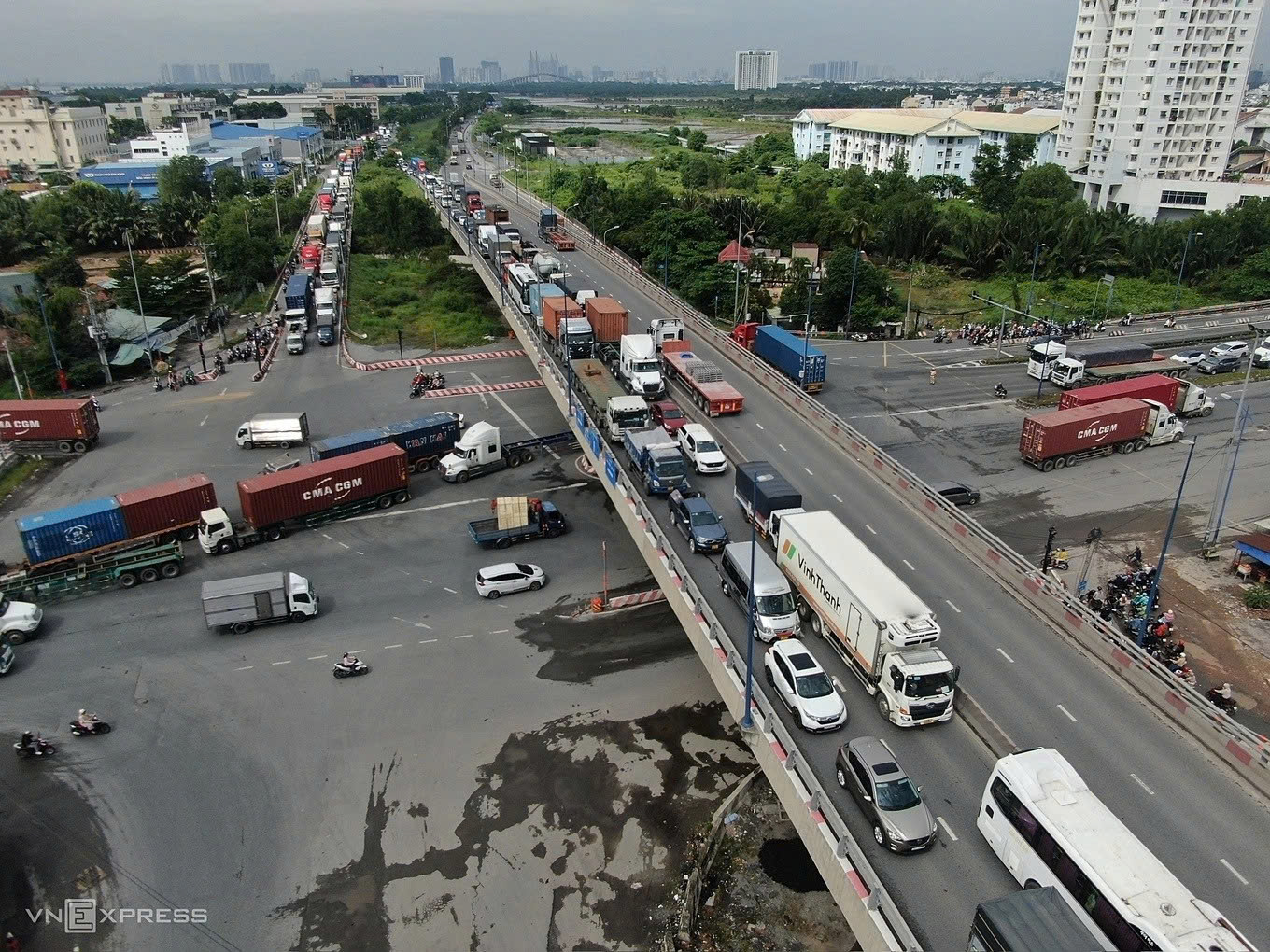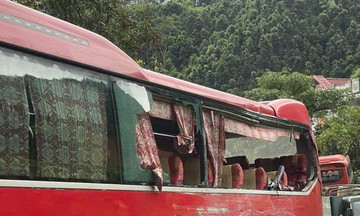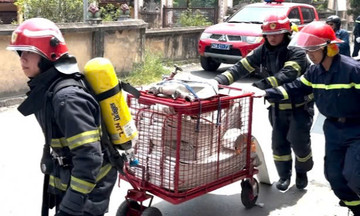This information was presented in a report submitted by the Ho Chi Minh City People's Committee (UBND) to the National Assembly's Supervisory Delegation on the implementation of policies and laws related to environmental protection on 23/7.
Based on years of monitoring data from the Department of Natural Resources and Environment and specialized studies, Ho Chi Minh City authorities reported that the concentration of total suspended particulates (TSP), PM10, and PM2.5 at many locations with high traffic density frequently exceeds Vietnam's standards. In addition to traffic, air quality in the city is also affected by meteorological factors and pollution sources from other regions.
 |
My Thuy intersection in Cat Lai (former Thu Duc City) is one of the most air-polluted areas in Ho Chi Minh City. Photo: Giang Anh |
My Thuy intersection in Cat Lai (former Thu Duc City) is one of the most air-polluted areas in Ho Chi Minh City. Photo: Giang Anh
Statistics show that the level of air pollution in Ho Chi Minh City fluctuates throughout the day and seasonally. During the dry season, dust concentrations often increase due to dry air and limited rainfall, which prevents dust from being washed away, while traffic activity remains high.
The city currently maintains a continuous monitoring system with 36 locations collecting samples 24/7 to track PM10 and PM2.5. Monitoring results from 2021-2024 show that many locations exceed standards, such as the Phu Lam area (2024), the Huynh Tan Phat - Nguyen Van Linh intersection (2022), and Cat Lai (2022-2023).
As of the end of June 2025, Ho Chi Minh City, before the merger, managed over 9.6 million vehicles, including over one million cars and nearly 8.6 million motorbikes, not including the large number of transient vehicles entering and leaving the city. Compared to the same period in 2024, the number of cars increased by 9% and motorbikes by 2%, putting significant pressure on infrastructure and the environment.
Meanwhile, the implementation of pollution reduction programs faces many challenges, particularly regarding dedicated personnel, equipment, and public investment regulations. Projects to enhance environmental monitoring capacity have also been delayed due to their complexity and changes in legal procedures.
To improve air quality, Ho Chi Minh City is developing an emissions control plan, aiming for a 100% clean energy bus fleet by 2030. The next phase will expand the policy to support the conversion of gasoline vehicles to electric vehicles for individuals, businesses, taxis, and ride-hailing services. The city also plans to replace over 400,000 gasoline-powered motorbikes used by ride-hailing drivers with electric vehicles.
Giang Anh












